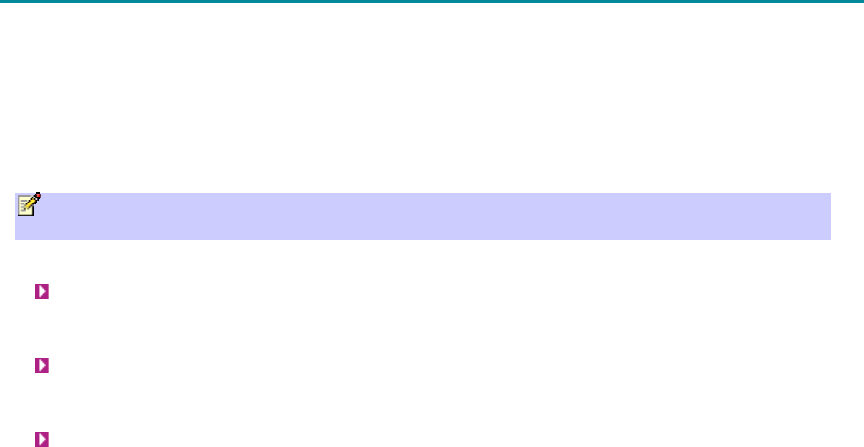User's Manual
Table Of Contents
- INTRODUCTION
- WARNINGS AND CAUTIONS
- DECLARATION OF CONFORMITY
- FCC INTERFERENCE STATEMENT
- SYSTEM OVERVIEW
- INSTALLATION PREREQUISITES
- PHYSICAL DESCRIPTION
- CABLING
- MOUNTING
- OPTIMIZING RF RECEPTION
- CONNECTING THE EXTERNAL ANTENNA
- REPLACING THE CLIP-ON ANTENNA
- EASYST SMART CARD
- RESETTING EASYST TO DEFAULT SETTINGS
- TROUBLESHOOTING
- TRADEMARKS AND COPYRIGHTS
- CONTACT INFORMATION
- REVISIONS
- WARNINGS
- GLOSSARY
- INDEX

42
EASYST SMART CARD
The EasyST has an integrated Smart Card (SIM) terminal, which can utilize the optional EasyST
Smart Card (sold separately). Contact your Airspan supplier for more information.
The EasyST is fully functional with or without the EasyST Smart Card.
When the EasyST Smart Card is inserted the EasyST uses the parameters set in the card (overriding
the NVRAM parameter settings). Otherwise it uses the parameters set in the EasyST's NVRAM.
Currently the Smart Cards are available from Airspan and are configured to your specific
requirements.
Note: In the event the Smart Card is removed the EasyST continues to function using SIM
parameters, until the next reset when it utilizes the default stored NVRAM settings.
The following defines the EasyST Smart Card stored parameters:
Operator ID - defines the Operator ID by means of the BS ID and Mask in order to enforce
the CPE to be associated to a specific BS or to a group of BSs. This prevents the CPE from
connecting to other BS(s) that do not belong to this specific operator
RF Channel Scanning Table - determines the channel scanning range, when there are RF
channel shifts in the table. This is performed during network entry, to find the best RF
channel with the best reception level
Maximum Tx Power - defines the maximum Tx power, to meet the regulations of the
region










